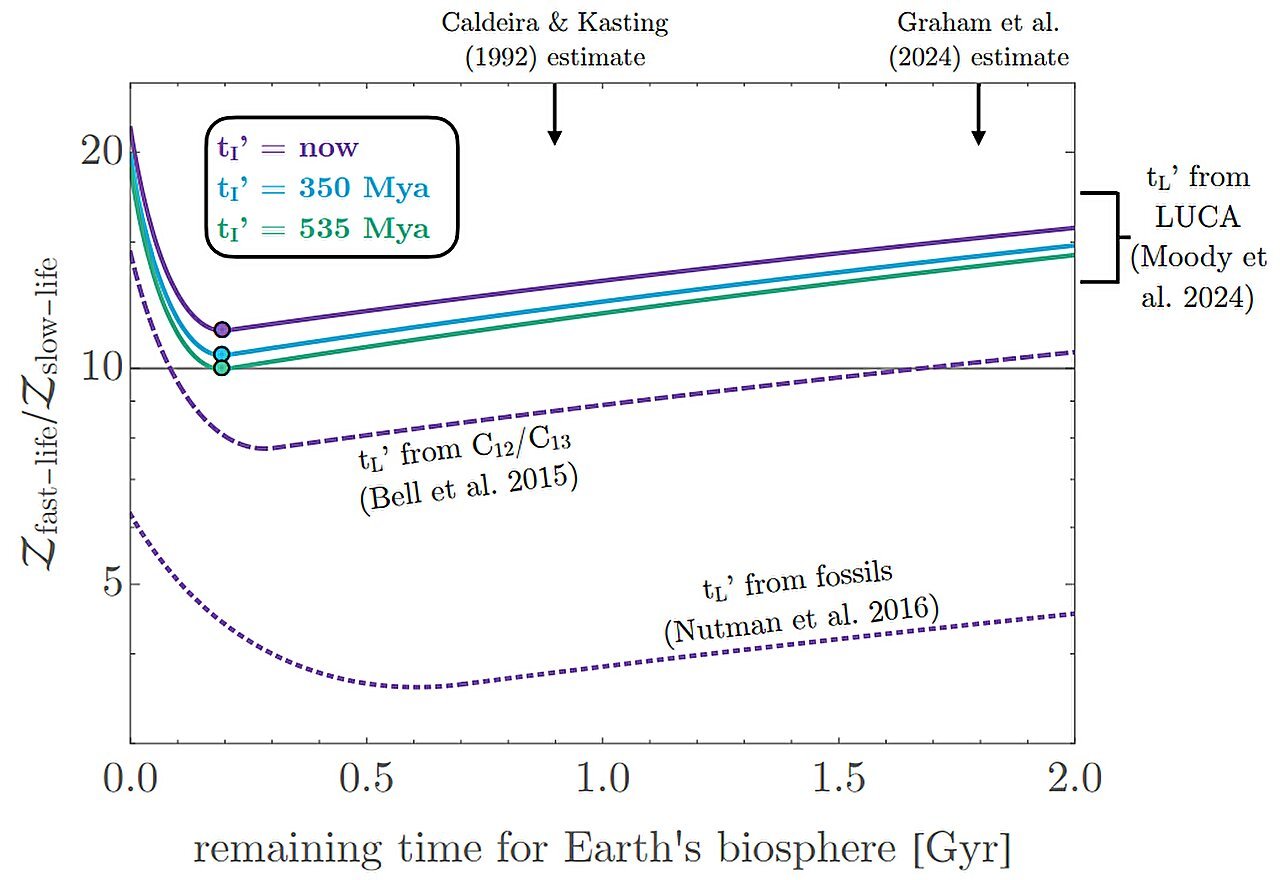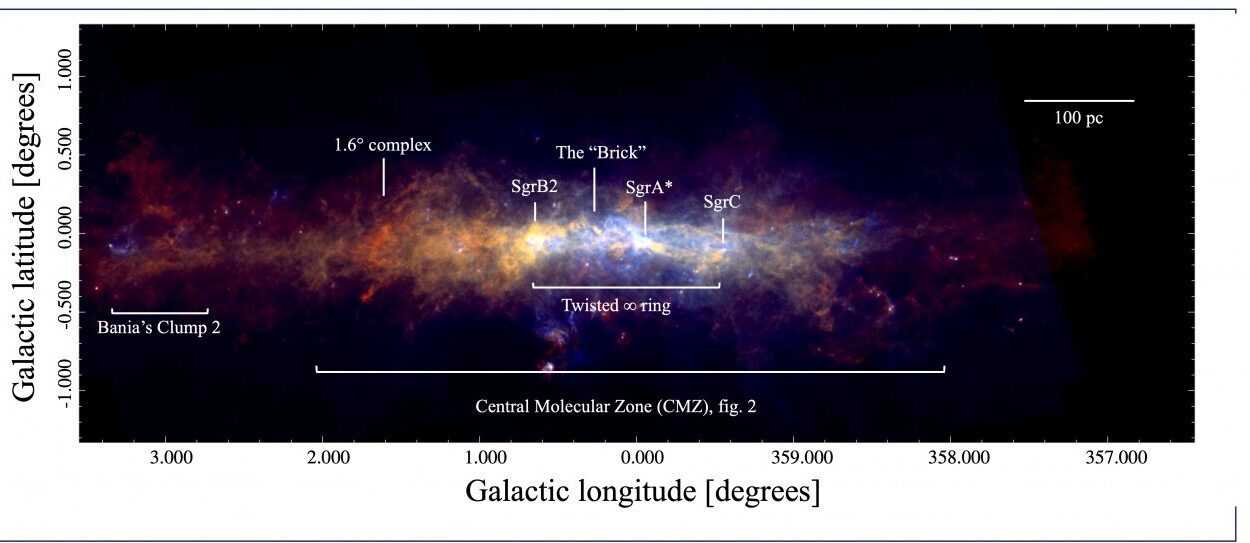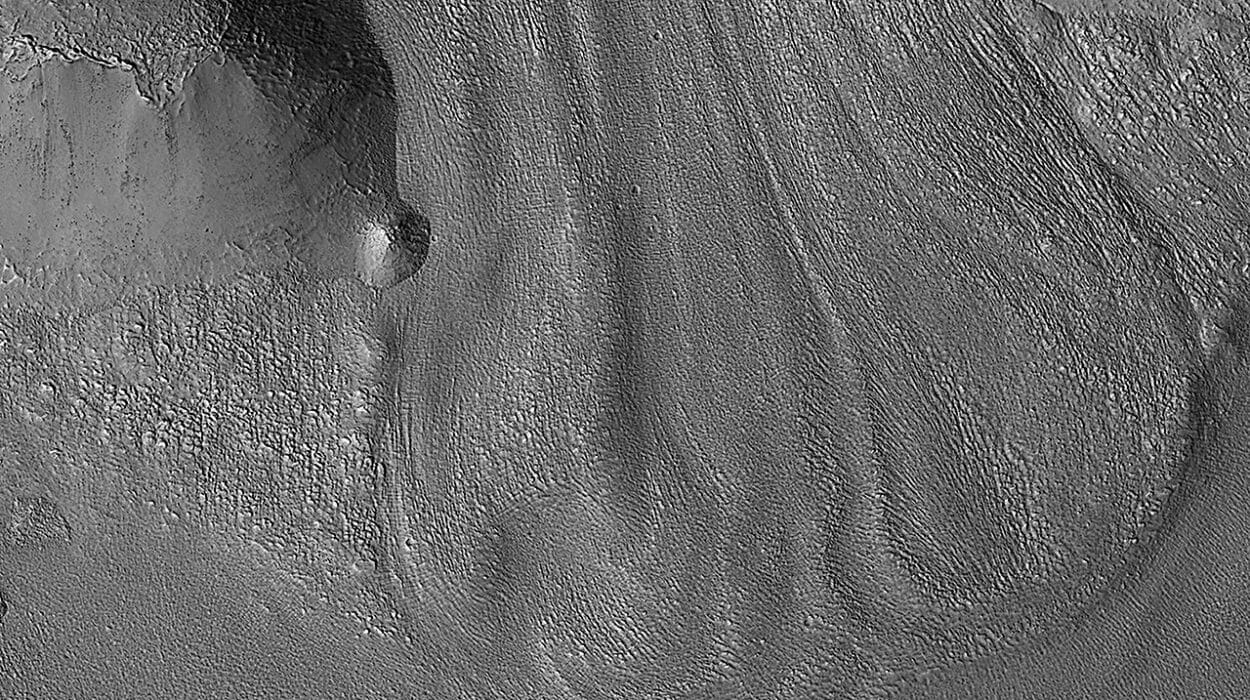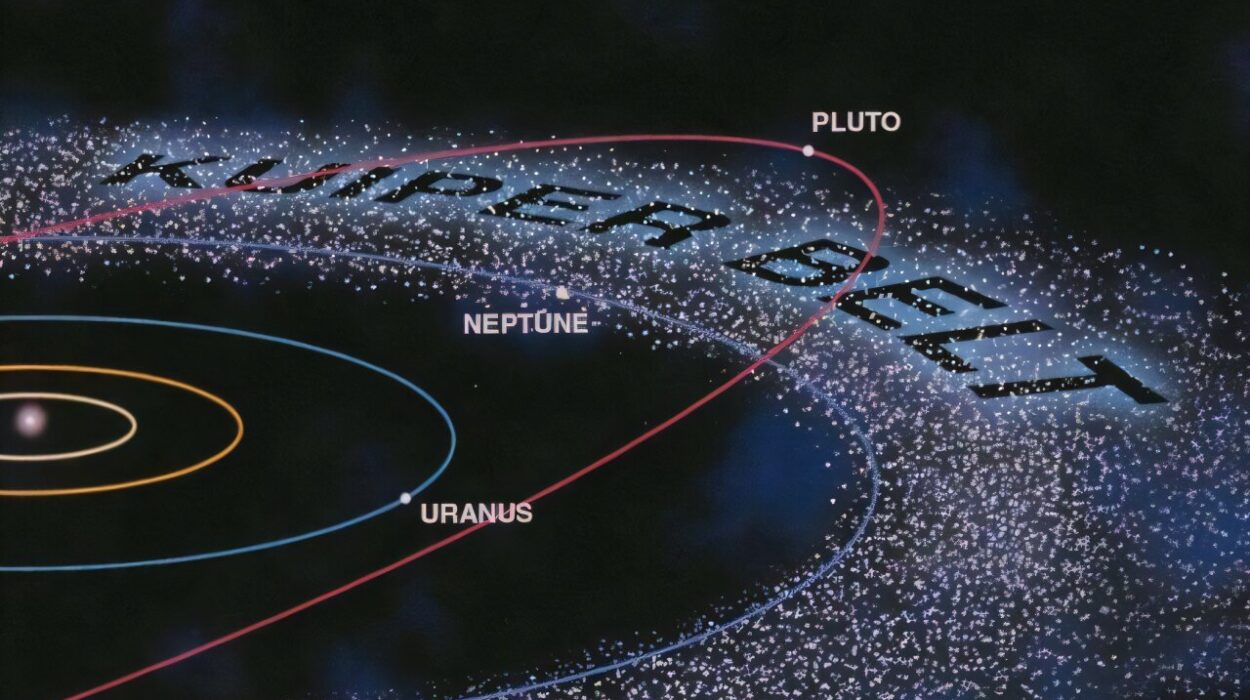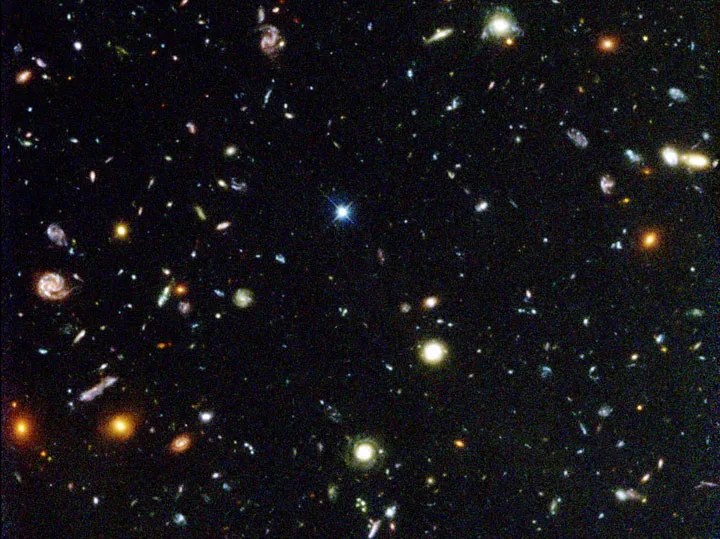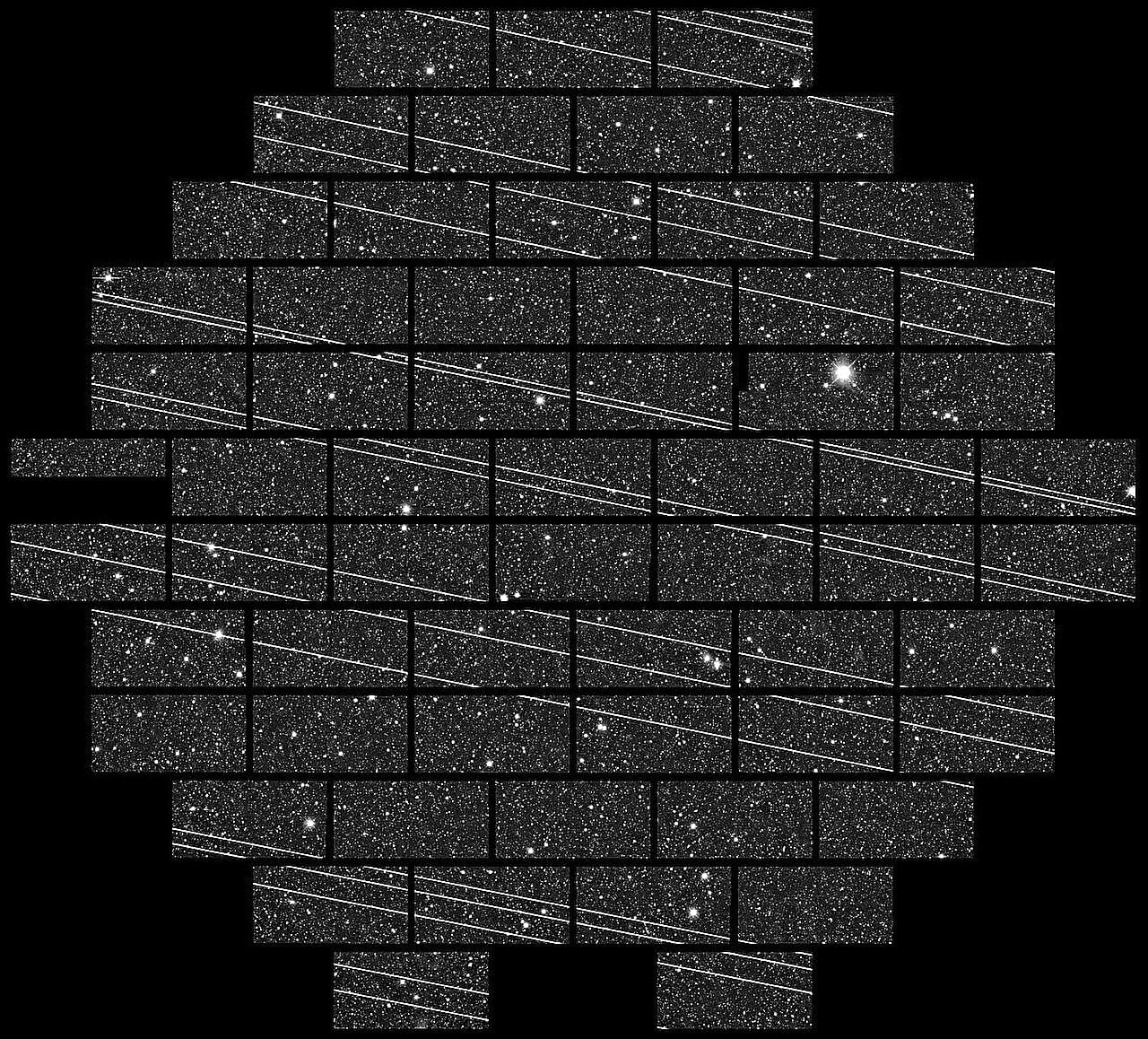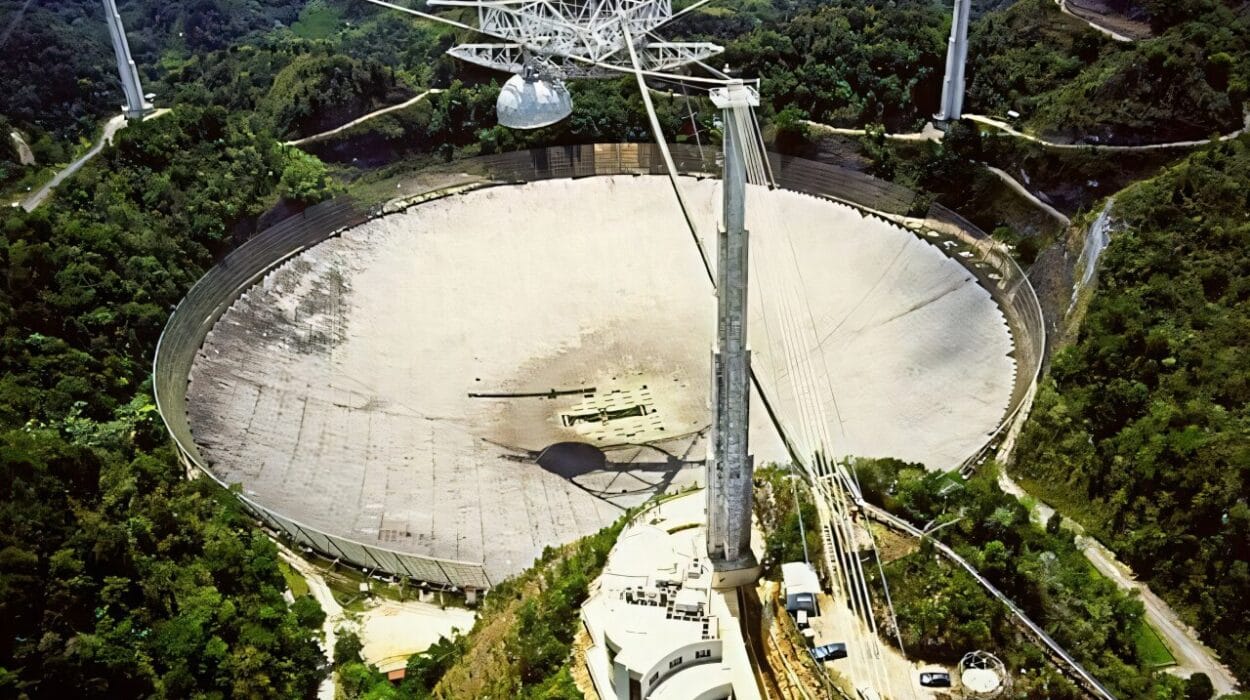When we gaze up at the night sky, scattered with billions of stars, it’s natural to wonder: are we alone? Could life—simple or intelligent—be out there, forming on distant Earth-like planets? A new study from Columbia University astronomer David Kipping offers a fascinating and hopeful answer: life might not just be possible elsewhere—it might be fast to arise once the right conditions fall into place.
Kipping’s research, recently published in the journal Astrobiology, draws on clues from Earth’s own early history. His argument is elegant yet profound: because life emerged almost immediately after Earth’s formation, it’s likely that, under similar conditions, life could ignite just as swiftly on other planets. If true, the universe could be teeming with life, hiding just beyond the limits of our current detection.
Earth: A Blueprint for Cosmic Life?
The Earth formed around 4.5 billion years ago in the swirling chaos of the early solar system. Asteroid bombardments, volcanic upheavals, and roiling oceans marked the planet’s infancy. Yet amid all that turbulence, something extraordinary happened—life appeared.
Geological and chemical evidence suggests that microbial life might have been flourishing as early as 4.2 billion years ago. If these estimates hold, it means life sprang into existence within just 250 million years—a blink of an eye, geologically speaking. For comparison, consider that the Earth has existed for 4.5 billion years. Thus, life’s emergence was not a slow, gradual process but a rapid and vigorous spark.
Kipping sees this speed as meaningful. If life required extraordinarily rare conditions or extremely complex processes, it would presumably have taken longer to appear. Instead, the swift emergence hints that life might be a natural outcome once a planet stabilizes and provides the essential ingredients: liquid water, organic molecules, a stable climate, and energy sources.
The Clock is Always Ticking
But while life may emerge quickly, evolving intelligence is a much slower, far more precarious journey. Kipping’s study notes that although life appeared early, intelligent life—humans—only arose in the final chapters of Earth’s habitability window.
The sun, although a relatively stable star, is not immortal. It is steadily brightening and heating up, and models predict that in roughly 900 million years, Earth will become too hot to sustain life as we know it. In other words, we are already halfway through Earth’s habitable lifespan. Humans only emerged in the closing billion years of that timeline.
This suggests that if life had been delayed even a little—if abiogenesis (the origin of life from non-living matter) had taken an extra billion years—there might not have been enough time for sentient beings to evolve before Earth became uninhabitable. In Kipping’s view, this makes the rapid appearance of life not just lucky but possibly necessary for intelligence to ever emerge.
A Bayesian Argument for Life Abundance
Kipping doesn’t merely lean on intuition—he wields statistical tools to bolster his case. In particular, he applies Bayesian analysis, a method used to update probabilities based on new evidence, to Earth’s history.
Using updated models, Kipping calculates that the odds of life appearing quickly once conditions are suitable are about 13 to 1 in favor. In scientific parlance, this is considered “strong evidence.” Typically, an odds ratio of 10 to 1 is treated as a significant finding, suggesting that the hypothesis—that life emerges rapidly when conditions allow—is statistically robust.
This Bayesian result strengthens the idea that Earth is not a lucky exception but a common outcome. It tilts the balance toward a universe where life could be widespread, perhaps lurking within the icy oceans of Europa, beneath the clouds of Venus, or in the rocky cradles of exoplanets light-years away.
What About Panspermia?
An important caveat in Kipping’s study is his assumption about the origin of life on Earth. He assumes direct abiogenesis—that life began spontaneously on Earth itself, not imported via panspermia (the idea that life arrived from elsewhere on meteorites or cosmic dust).
Panspermia is a tantalizing hypothesis and not without merit; after all, we know meteorites can carry complex organic molecules, and microorganisms are famously hardy, surviving in the vacuum of space. However, if panspermia were responsible for life on Earth, it would complicate the story: it might imply that life’s origin is rare, but its dissemination is efficient. Kipping’s analysis stays grounded, focusing only on Earth’s local story.
By assuming life began here independently, the study ties the rapid emergence of life directly to planetary conditions, making the case for life’s natural quickness more compelling.
A Hopeful Message for Astrobiology
Kipping’s conclusions carry powerful implications for the field of astrobiology. If life arises quickly once conditions stabilize, then life may be common throughout the galaxy. However, intelligent life could still be rare. As Earth’s history shows, the evolution of intelligence is long, meandering, and easily cut short.
The universe might be full of microbial life, teeming just beneath ice crusts, floating in alien oceans, or thriving in unseen biospheres. Yet it may take vast stretches of time—and extraordinary planetary luck—for intelligence and civilization to flower.
Kipping’s study gives hope to those scanning the heavens for signs of life. Planets are abundant. Thousands of Earth-like worlds have already been discovered orbiting distant stars. If life springs up quickly, then even if only a fraction of planets are habitable, that still adds up to potentially billions of living worlds.
The Future of the Search
While Kipping’s paper paints an optimistic picture, the search for extraterrestrial life remains a monumental challenge. Detecting life remotely requires subtle observations—measuring the composition of distant atmospheres for biosignatures like oxygen, methane, or other chemicals that could indicate biological processes.
Upcoming missions, such as the James Webb Space Telescope and future telescopes even larger and more powerful, aim to scan the atmospheres of exoplanets for precisely these signs. Meanwhile, robotic missions to places like Europa, Enceladus, and Mars seek to uncover life within our own solar system.
If life does exist elsewhere—and if it emerges as readily as Kipping suggests—then it may only be a matter of time before we find it.
A Cosmic Perspective
Kipping’s study reminds us that life, far from being a cosmic miracle, may be a cosmic imperative. Once the recipe is right—a wet, rocky planet with some sunlight and a dash of complex chemistry—life could bubble into being swiftly and perhaps inevitably.
The universe may be far more alive than we dared to imagine.
And if that’s true, then the next great question isn’t just whether life exists elsewhere.
It’s when—and where—we’ll meet our cosmic neighbors.
Reference: David Kipping, Strong Evidence that Abiogenesis Is a Rapid Process on Earth Analogs, Astrobiology (2025). DOI: 10.1089/ast.2025.0009. On arXiv: DOI: 10.48550/arxiv.2504.05993
